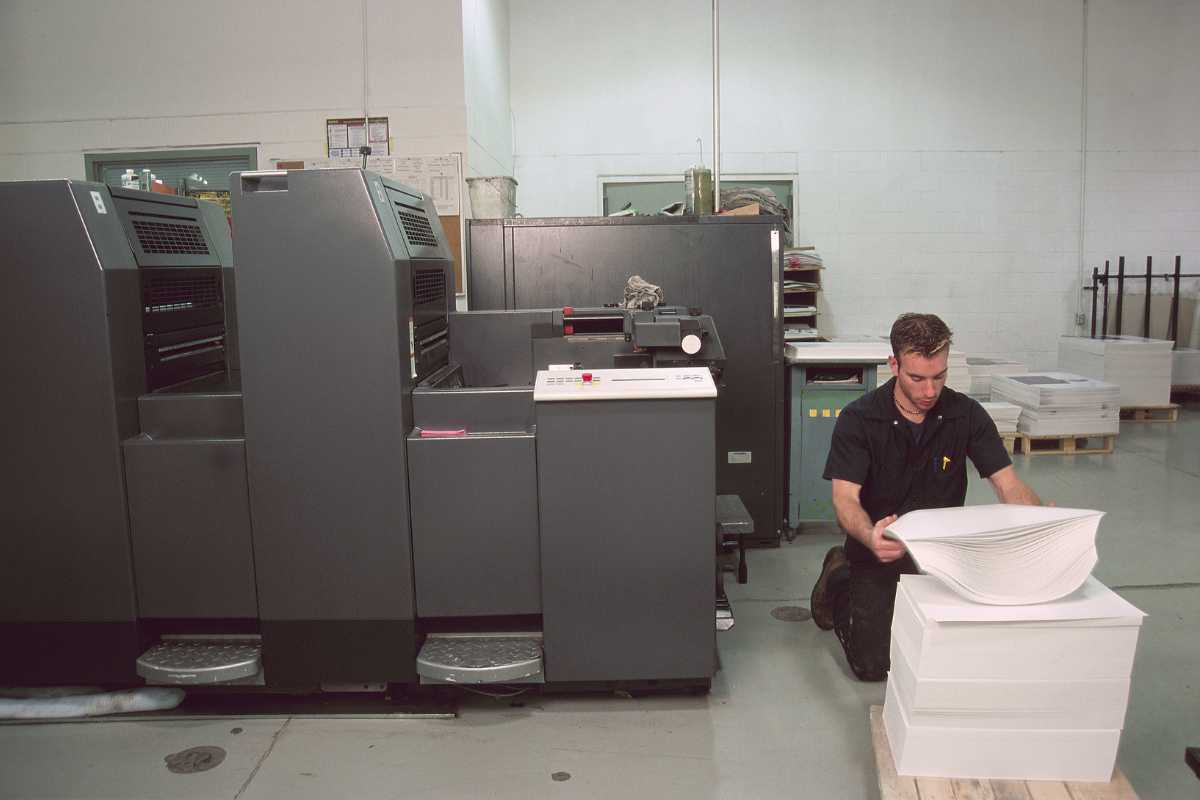Your cart is currently empty!


At Printedly, we offer up to nine different types of printing methods to cater to your diverse needs. Unless otherwise specified, we will use the most feasible method to print your order at the point of production, ensuring the best quality and efficiency for your project.
Printing technology has evolved significantly, offering a variety of methods to suit different needs and applications. Each method has its unique advantages and is best suited for specific types of projects. Here’s an overview of some of the most common print methods:
1. Litho Offset Print (CMYK)
Litho offset printing, also known as offset lithography, is a traditional printing method where the image is transferred (or “offset”) from a metal plate to a rubber blanket and then to the printing surface. This method is ideal for high-volume print runs, such as newspapers, magazines, and brochures, due to its high-quality output and cost-effectiveness for large quantities.
2. Litho Offset Spot Colour Pantone
Offset spot color printing uses specific Pantone colors rather than the standard CMYK color model. Each color is applied individually using a separate ink. This method is perfect for projects requiring precise color matching, such as corporate branding materials, logos, and packaging.
3. Digital Offset (CMYK)
Digital offset printing combines the benefits of digital printing and offset printing. It uses digital files to create plates, which then transfer the image onto the printing surface. This method is suitable for short to medium print runs and allows for quick turnaround times while maintaining high-quality output.
4. Dry Toner Based (CMYK)
Dry toner-based printing, commonly associated with laser printers, uses electrically charged particles of toner to create an image. The toner is then fused onto the paper using heat. This method is ideal for office environments and short-run printing due to its speed and efficiency.
5. UV Print (CMYK /+White / + Varnish)
UV printing uses ultraviolet light to cure or dry the ink as it is printed. This results in vibrant, high-quality prints that are instantly dry and can be printed on a variety of surfaces, including paper, plastic, metal, and glass. UV printing is perfect for promotional materials, packaging, and specialty items.
6. Eco Solvent
Eco solvent printing uses environmentally friendly solvents to dissolve the ink, making it less harmful to the environment and users. This method produces durable, high-quality prints suitable for outdoor applications such as banners, vehicle wraps, and signage.
7. Solvent
Solvent printing uses strong solvents to dissolve the ink, allowing it to adhere to non-porous surfaces. This method produces highly durable prints that are resistant to fading and weathering, making it ideal for outdoor signage, vehicle graphics, and vinyl banners.
8. Silkscreen
Silkscreen printing, also known as screen printing, involves pushing ink through a mesh stencil (or “screen”) onto the printing surface. This versatile method is widely used for printing on textiles, apparel, promotional items, and posters. It is known for its durability and vibrant color output.
9. Sublimation
Sublimation printing involves transferring dye onto a material (usually polyester) using heat. The dye turns into a gas and permeates the fabric, creating a permanent, full-color image that is embedded in the material. This method is ideal for custom apparel, sportswear, and promotional products.
Conclusion
Each printing method offers unique benefits and is best suited for specific applications. Understanding these different methods helps in selecting the most appropriate one for your printing needs, ensuring high-quality results and cost-effectiveness. Whether you need vibrant promotional materials, durable outdoor signage, or custom apparel, there’s a printing method designed to meet your needs.



